This is the third post in the Meridian Center for Cultural Diplomacy’s Soft Power: The Monthly Roundup, a small collection of unique efforts for global diplomacy through culture and the arts.
Here are six cultural diplomacy efforts that grabbed our attention this past month:
1) Connecting Continents: Biodiversity in the Americas
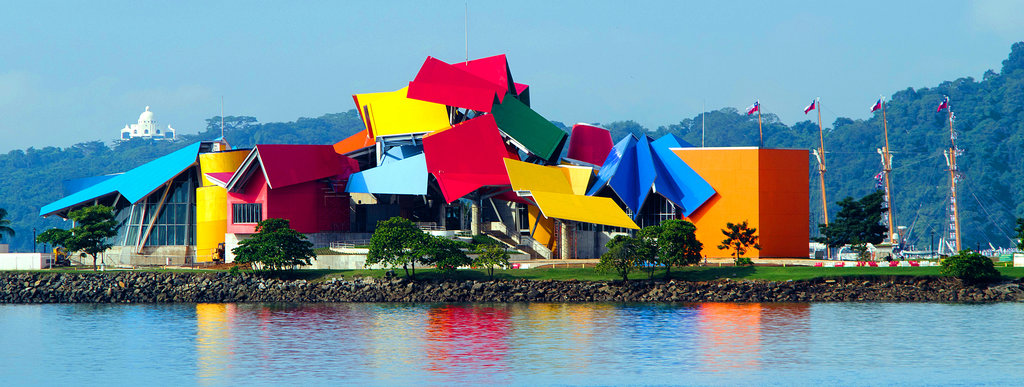
Early this past month, Panama – the country that physically bridges the Americas – opened the Biomuseo, a cutting-edge museum dedicated to reinforcing the ecological link between the two continents. The multifaceted structure tells the story of the emergence of the isthmus from the sea, and was designed by world-renowned architect Frank Gehry, whose retrospective is currently in full swing at the Centre Pompidou in Paris, France. The Biomuseo promotes discovery-based learning through the use of technology, science, and art to educate visitors about biodiversity, the current state of the environment, and the relationships between Americans (of both continents) and nature through permanent exhibitions such as The Human Path, The Living Web, and Worlds Collide.
2) The Business of Learning Languages
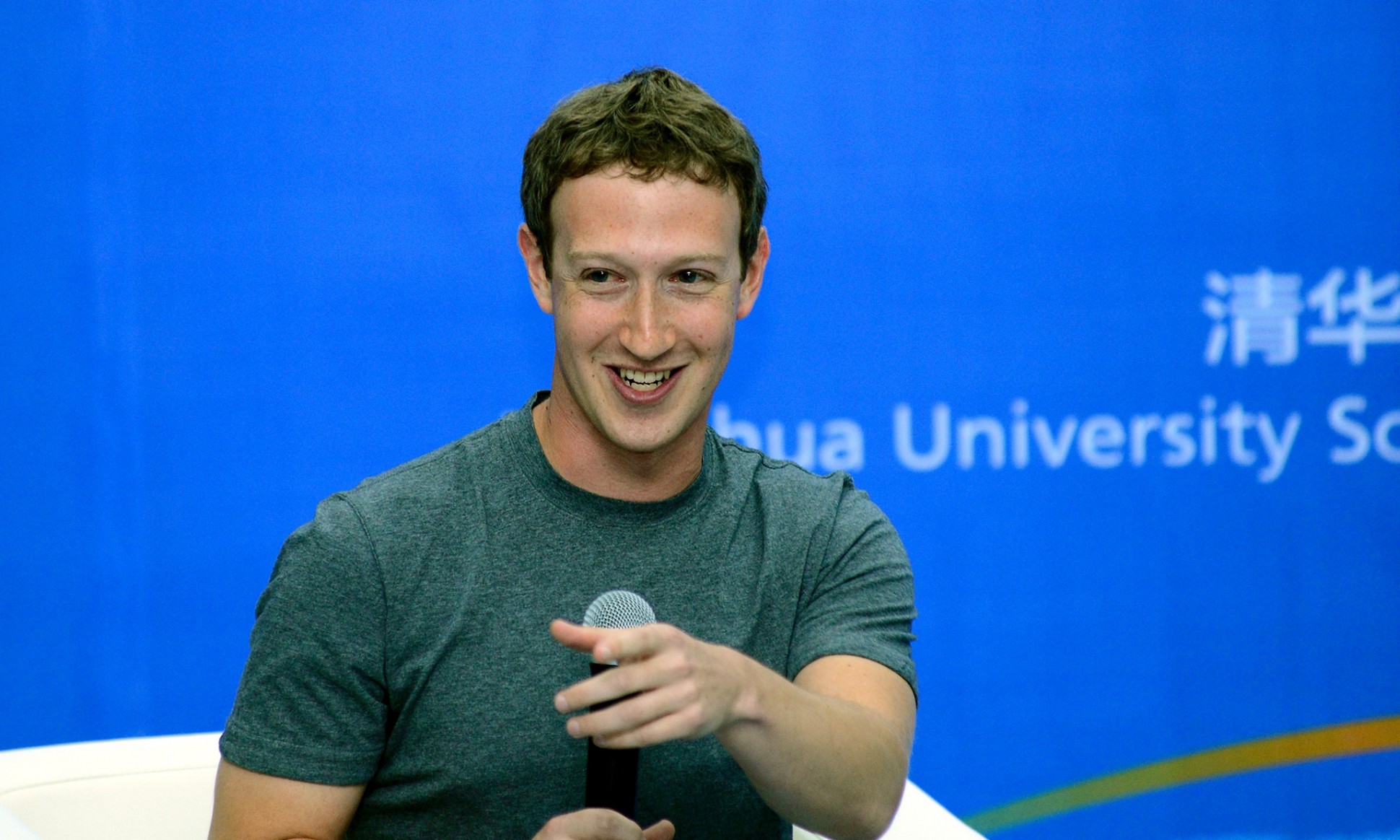
At a Q and A session held entirely in Mandarin at Tsinghua University on October 22, Facebook’s creator and CEO, Mark Zuckerberg, demonstrated the important link between language, culture, and business. When asked by the moderator why he studied Mandarin, Zuckerberg responded to cheers when he explained that his wife, who is Chinese American, has family members who only speak Chinese. It was important for him to be able to converse with them. Zuckerberg also “wanted to study Chinese culture… and through studying a country’s language one learns about its culture.” Zuckerberg’s view that in order for Facebook to succeed in China he needs to understand these constructs is shared by Meridian’s Global Leadership Institute, a high-performance training program for global professionals that emphasizes cultural intelligence and situational awareness.
3) Museum Tours: Anywhere and Everywhere
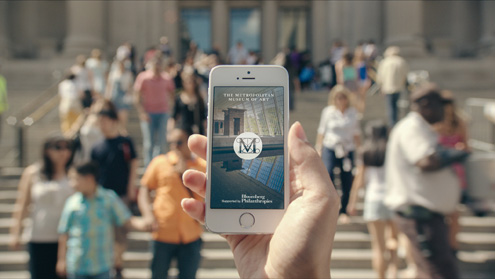
The global movement to digitize art collections and provide interactive museum experiences grows each month as more and more art institutions release apps for smartphones and tablets. The latest high-profile app launch was The Metropolitan Museum of Art’s The Met, which became available for download September 2, 2014 and was spotlighted this past month. Covering the basics, such as hours, ticket prices, exhibitions, and event schedules, these types of applications also provide a variety of other features to appeal to wide audiences. A few exciting examples include The Met’s selection of great moustaches, Rijksmuseum’s Family Quest game, MoMA’s virtual bookshop, and The Louvre’s high-resolution images. While some critics express concern that these apps are a distraction from the contemplative experience of the museum, there is no denying that they provide greater accessibility to art.
4) Family Farming on World Food Day
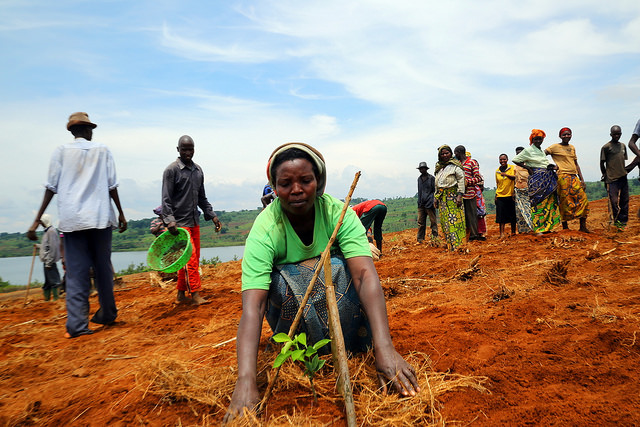
On October 16th each year, the Farming and Agriculture Organization of the United Nations (FAO) celebrates World Food Day to commemorate the organization’s establishment in 1945. This year’s theme, “Family Farming: Feeding the World, Caring for the Earth,” highlighted the important link between global food security and family farming in the fight against world hunger. Programming included statements made by global political and cultural leaders, national observances in countries worldwide, and The Global Dialogue on Family Farming (Oct. 27th-28th at the FAO Headquarters in Rome). Just in time for World Food Day, the New York Times published “Rise and Shine: What Kids Around the World Eat for Breakfast,” which underlines cultural differences and connections through traditional breakfasts.
5) Afghan Arts & Culture Festival: Preserving Traditions, Sharing Culture
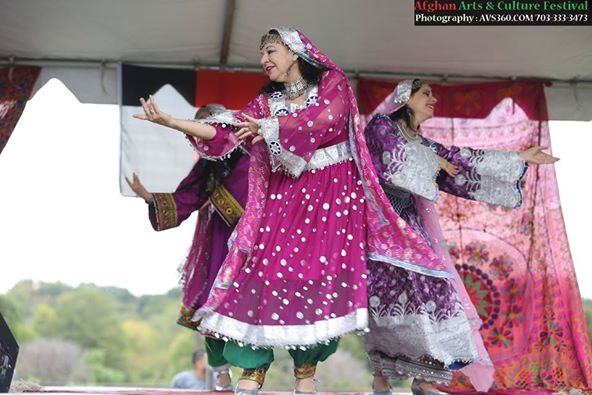
The Fifth Annual Afghan Arts & Culture Festival took place on Saturday, October 12th in Rosslyn, Virginia. The festival is organized each year by Afghan Education for a Better Tomorrow, which aims to develop a program where Afghanistan’s education and health needs are met – especially those of vulnerable populations, such as women and children. Events included a kite-making workshop, Afghan nomad tent, bazaar, poetry contest, art exhibition, dance performances, musical acts, and a youth pageant. Through cultural exchange and the celebration of diversity, the festival itself serves to “preserve, promote and increase knowledge of the Afghan culture and traditions within the general public.”
6) A Message of Peace & Hope
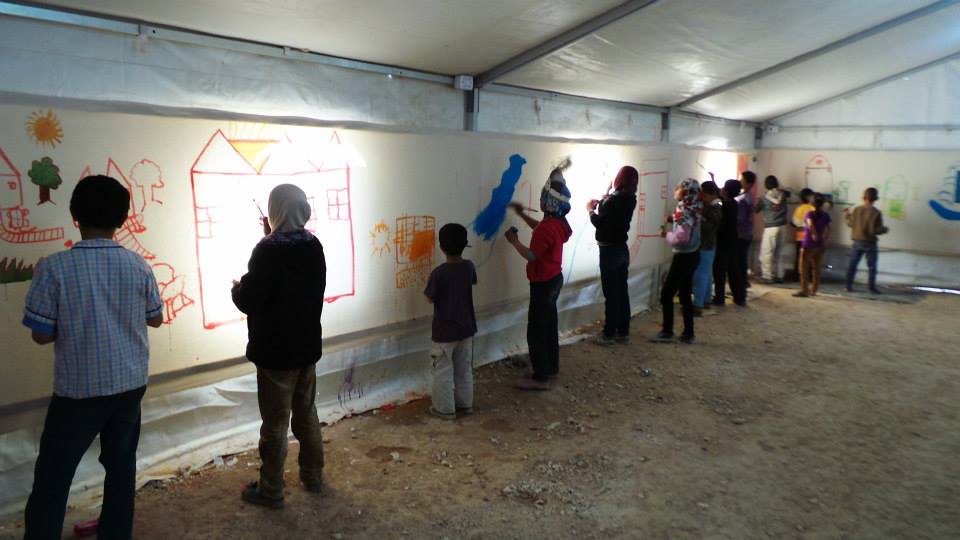
From October 23rd through the 27th, thousands of people went to the National Mall in Washington, D.C., to view Peace & Hope: A Gift From the Children of Syria to the World. The participatory exhibition is a part of the larger public affairs initiative, #RestoreHappy, organized by Beats, Rhymes & Relief, which hopes to raise awareness about the humanitarian crisis in Syria and its effect on Syria’s most vulnerable population – children – through a benefit concert, celebrity dialogues, and the arts. To create the installation, which stretches more than a third of a mile in length, over 1,000 children from the Zaatari Refugee Camp in Jordan were asked to paint what “peace and hope” meant to them. The response was powerful.
















